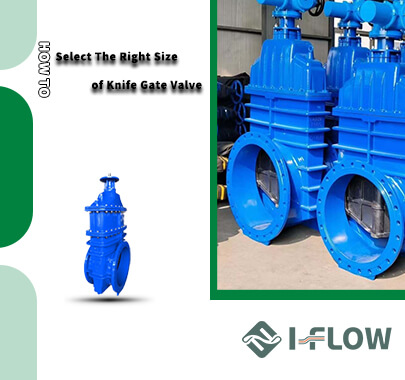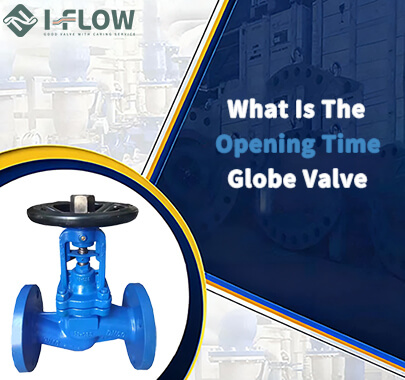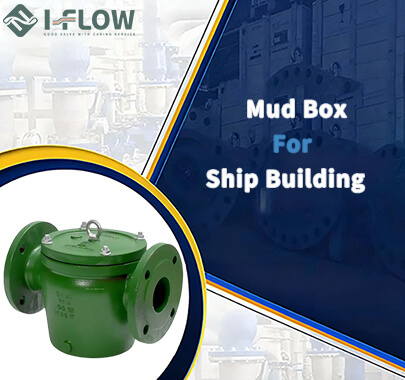1. Gate Valves
Design and Function:Gate valves feature a flat or wedge-shaped gate that moves up and down perpendicular to the flow of water. When the gate is fully lifted, the valve allows unrestricted flow. Closing the valve involves lowering the gate to block the flow entirely, creating a tight seal.
Advantages:
Provides a low-resistance flow path when fully open, minimizing pressure loss.
Simple construction makes them reliable for long-term operation.
Effective for isolating sections of a plumbing system.
Considerations:
Not designed for throttling; partial operation can cause turbulence and lead to premature wear.
Slow to operate compared to some other valves, as they require multiple turns to open or close fully.
Susceptible to jamming if debris accumulates in the valve body.
2. Ball Valves
Design and Function:Ball valves use a spherical disc with a central hole. Rotating the handle turns the ball, aligning the hole with the flow path to open the valve or blocking it to close. This quarter-turn mechanism is straightforward and efficient.
Advantages:
Quick and easy operation with a simple quarter turn.
Provides a tight seal, even after prolonged use, reducing the risk of leaks.
Compact design makes them suitable for confined spaces.
Resistant to wear and corrosion, ideal for high-pressure systems.
Considerations:
Not ideal for precise flow control due to the abrupt transition between open and closed states.
The internal ball can accumulate mineral deposits over time, requiring occasional maintenance.
3. Globe Valves
Design and Function:Globe valves consist of a movable disc and a stationary ring seat in a spherical body. The flow is controlled by raising or lowering the disc against the seat, allowing for precise regulation.
Advantages:
Excellent for throttling and regulating flow, offering superior control compared to gate or ball valves.
Durable design ensures longevity even under frequent use.
Reliable sealing capability minimizes the risk of leaks.
Considerations:
Higher pressure drop due to the complex flow path inside the valve.
Requires more effort to operate than other types of valves.
May demand regular maintenance to keep moving parts functioning smoothly.
4. Butterfly Valves
Design and Function:Butterfly valves have a rotating disc attached to a central stem. Turning the stem rotates the disc to open or close the flow. These valves are often used in large-diameter applications due to their compact and lightweight design.
Advantages:
Quick operation with a simple quarter turn.
Lightweight and space-efficient, ideal for areas with limited installation space.
Cost-effective solution for managing large volumes of water.
Considerations:
Less durable under extreme pressures or abrasive conditions.
May experience wear over time if subjected to frequent use in partially open positions.
Sealing performance may diminish in high-pressure or high-temperature systems.
5. Check Valves
Design and Function:Check valves are one-way valves that prevent backflow. They operate automatically, opening when water flows in the intended direction and closing when flow reverses.
Advantages:
Protects pumps and other equipment by preventing reverse flow.
Automatic operation requires no manual intervention.
Simple design ensures low maintenance needs.
Considerations:
Correct installation is crucial for proper functionality.
Can become clogged by debris, especially in systems without adequate filtration.
Limited ability to handle high-pressure fluctuations.
6. Pressure Relief Valves
Design and Function:Pressure relief valves are safety devices that automatically release excess pressure from a system to prevent damage. They are calibrated to open when pressure exceeds a predetermined threshold.
Advantages:
Ensures system safety by preventing pressure-related failures.
Protects pipes and equipment from overpressure damage.
Can be adjusted to suit specific pressure requirements.
Considerations:
Requires regular testing and maintenance to ensure reliability.
Malfunctions may occur if debris obstructs the valve mechanism.
Initial setup can be complex, needing precise calibration.
7. Angle and Stop Valves
Design and Function:Angle valves are designed to control water flow at a 90-degree angle, while stop valves are straight-line valves for localized flow control. They’re typically installed near fixtures for easy access.
Advantages:
Simple to operate, allowing quick isolation of water flow.
Compact size makes them easy to install and maintain.
Effective for minimizing disruptions during repairs or replacements.
Considerations:
Susceptible to corrosion if not made from durable materials.
May leak over time due to wear on internal components.
8. Mixing Valves
Design and Function:Mixing valves blend hot and cold water to deliver water at a consistent and safe temperature. They are often used in fixtures where temperature regulation is critical.
Advantages:
Improves safety by preventing scalding from hot water.
Enhances comfort with consistent water temperatures.
Reduces energy waste by optimizing hot water usage.
Considerations:
Requires periodic adjustment to maintain accuracy.
Can be affected by mineral buildup, requiring occasional cleaning.
Initial installation may be more complex than other valve types.
9. Float Valves
Design and Function:Float valves regulate water levels in tanks by using a buoyant float connected to the valve mechanism. As the water level rises or falls, the float moves to open or close the valve.
Advantages:
Automatically maintains desired water levels without manual intervention.
Simple design ensures reliability over long periods.
Ideal for applications like water storage tanks and cooling systems.
Considerations:
Floats may deteriorate over time, requiring replacement.
Performance can be affected by debris or scale buildup.
Not suitable for systems requiring precise flow control.
10. Thermostatic Valves
Design and Function:Thermostatic valves adjust water temperature by automatically balancing the mix of hot and cold water. They use temperature-sensitive elements to respond dynamically to changes in water supply temperatures.
Advantages:
Offers precise temperature control, enhancing user comfort and safety.
Reduces energy consumption by optimizing water heating.
Particularly useful in settings like radiant heating or healthcare facilities.
Considerations:
More expensive than standard valves due to their advanced functionality.
May require professional installation for optimal performance.
Needs periodic maintenance to ensure accurate temperature regulation.

.png)
 en |
en |














